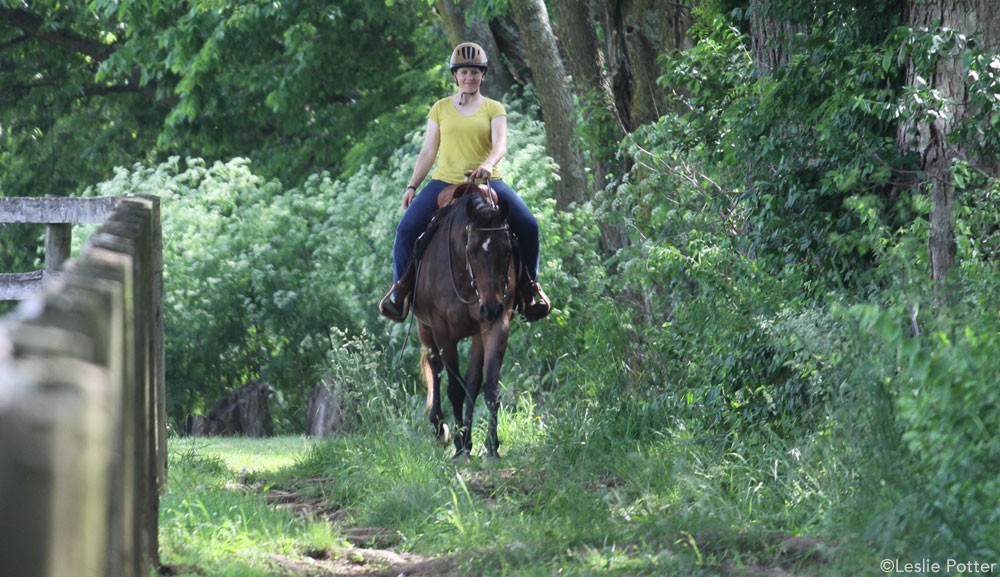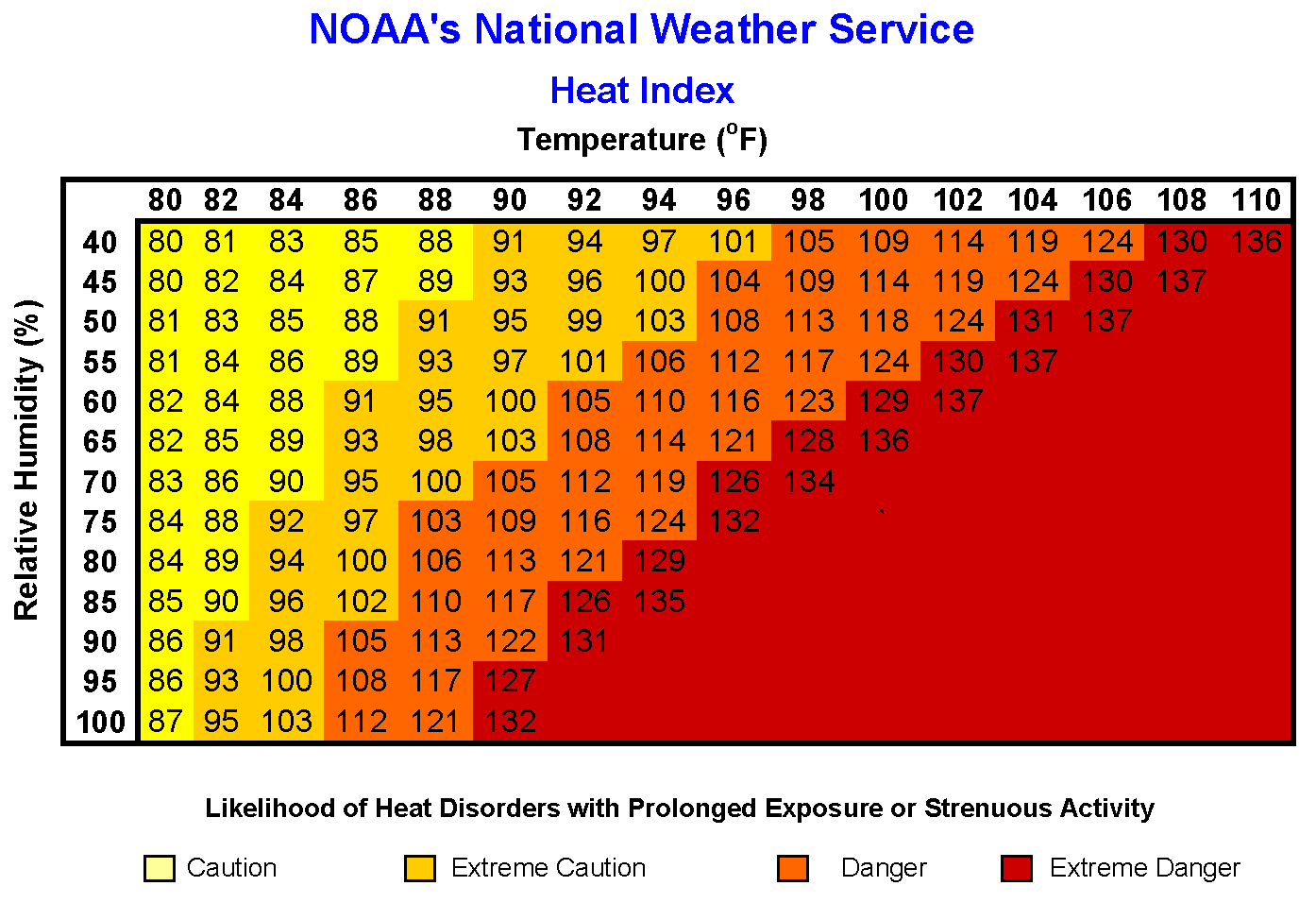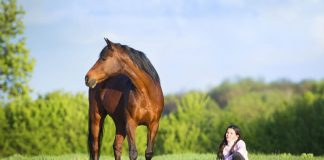
Summertime is the best time for hanging out at the barn. But with the long hours of daylight and wide array of equestrian activities comes a selection of seasonal problems that can really cramp your summer style. Here, we offer simple solutions to some of a horse owner’s most common hot-weather complaints.
Flies and biting insects are ruining my ride.
Outfit your horse with a fly mask that fits over his bridle. This will eliminate the bugs that buzz around his eyes and ears and distract him from his job.
Standing water, manure and decomposing material (such as a pile of grass clippings) are all breeding grounds for different types of biting insects. Eliminate those areas as much as possible. Keep your manure pile far away from your riding area, clean your troughs regularly and make sure there is good drainage in and around your riding arena.
Finally, schedule your rides for times of day when bugs are less active. Most flies are active during the day while mosquitoes tend to come out at dusk.
And don’t forget to apply human-grade bug spray on yourself and your clothes before hitting the trail.
It’s too hot to ride…right?
Every muggy, miserable summer day, you’ll hear someone declare, “it’s not the heat. It’s the humidity.” But is that true? To a certain extent, humidity can be more dangerous than heat alone. Horses and humans rely on sweating to regulate their internal temperature, and high humidity compromises that system. One guideline to use to determine whether it is too hot to ride is the Heat Index, which takes heat and humidity into consideration. The NOAA chart below gives a general guideline of when you should use caution or avoid working outdoors based on the Heat Index.

During extended hot, humid weather, you can still get in effective rides by altering your schedule. Once the sun goes down, the temperature will be more tolerable than during daylight hours. Better yet, set your alarm for early o’clock and go for a sunrise ride. The best time of day is often around dawn after the air has had several hours of sustained darkness to cool off. If you have access to a shaded area for riding, that can also make the difference between a comfortable temperature and an unbearable environment in direct sun.
Even with careful Heat Index calculation and planning for the ideal location and time of day, be mindful of your horse’s demeanor and the signals your own body is sending. Learn the signs of heat exhaustion (read more here.) If you start to feel nauseated or get a headache, or if your horse seems to have trouble catching his breath, get out of the sun and get some water for yourself and your horse.
The barn is so crowded.
If you have your horse at home and ride on your own property, you probably won’t be familiar with this problem. However, if you keep your horse at a boarding stable, you may have noticed a population jump as the daylight hours expand, schools get out for the summer and your co-boarders are working hard to prepare for the next show. Suddenly, you’re having to dodge a dozen riders in the arena, waiting in line to use the hose after your ride and starting to wonder if you’ll ever have a peaceful moment with your horse.
The good news is that the one tactic for avoiding biting flies and intolerable heat also tends to work for avoiding crowds. Get to the barn early in the morning, and you’ll likely find peace and quiet. Let’s face it: most people either don’t want to get up that early or simply don’t have time to ride before work in the morning, so if you can do it, you’ll be rewarded with some of the summer’s best riding.
If your barn hosts summer camps, that adds a whole new dimension to summer stable traffic. Find out from your barn manager when the riding areas will be reserved for campers and find out if there is a time of day when the arena will be free for boarders. If you have an open schedule in the summer, make the most of camp season by talking to the instructor about helping out with camp in exchange for a board discount or a riding lesson or two. Even if you can’t commit to the full duration, there may be a need for an extra adult rider to help with a big trail ride or a judge for the end-of-camp show.
Of course, sometimes the best option for beating the crowds at the barn is to join them. If your barn is overflowing, surely there is a compatible horse-and-rider pair or two who can be your summer riding buddies. Knowing that friends are waiting for you at the barn is helpful in motivating you to go for a ride instead of hitting the beach or staying indoors in front of the air conditioning.






Thanks for the tips, HC!